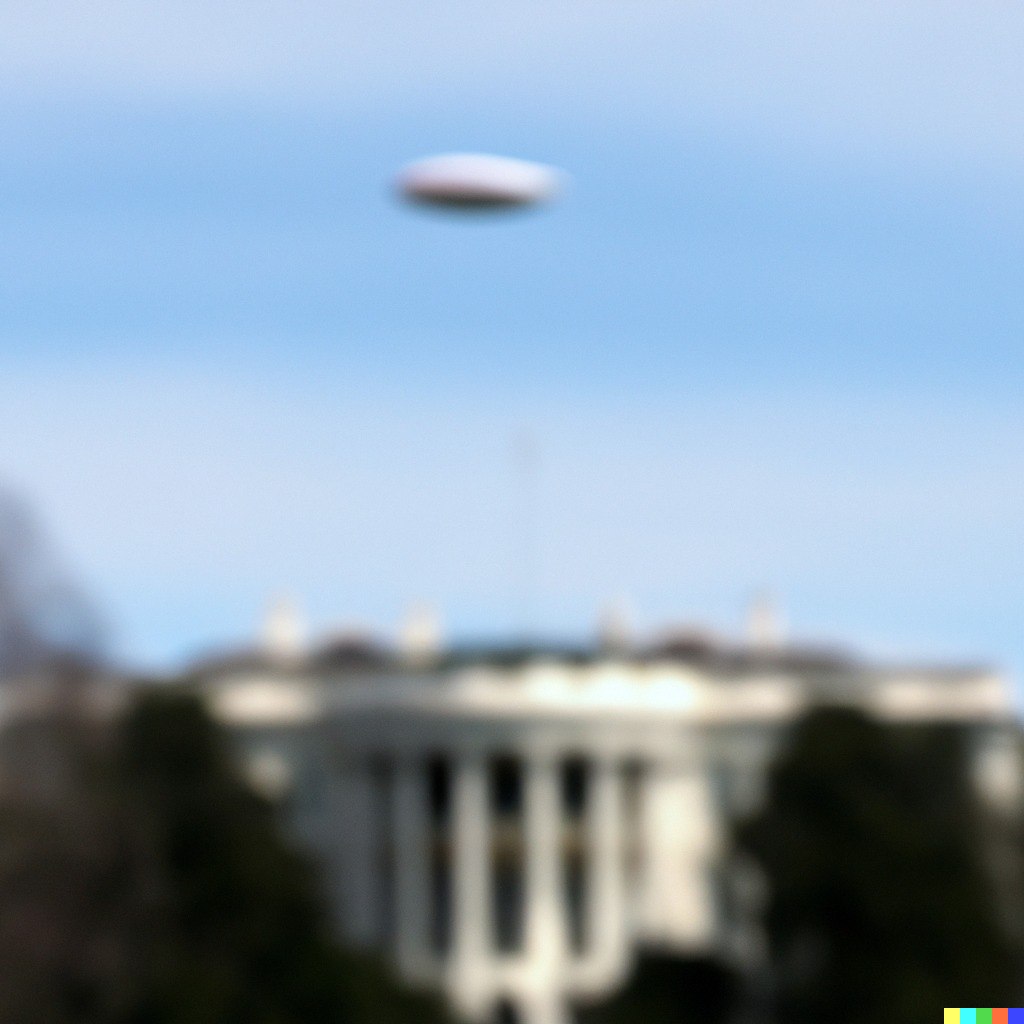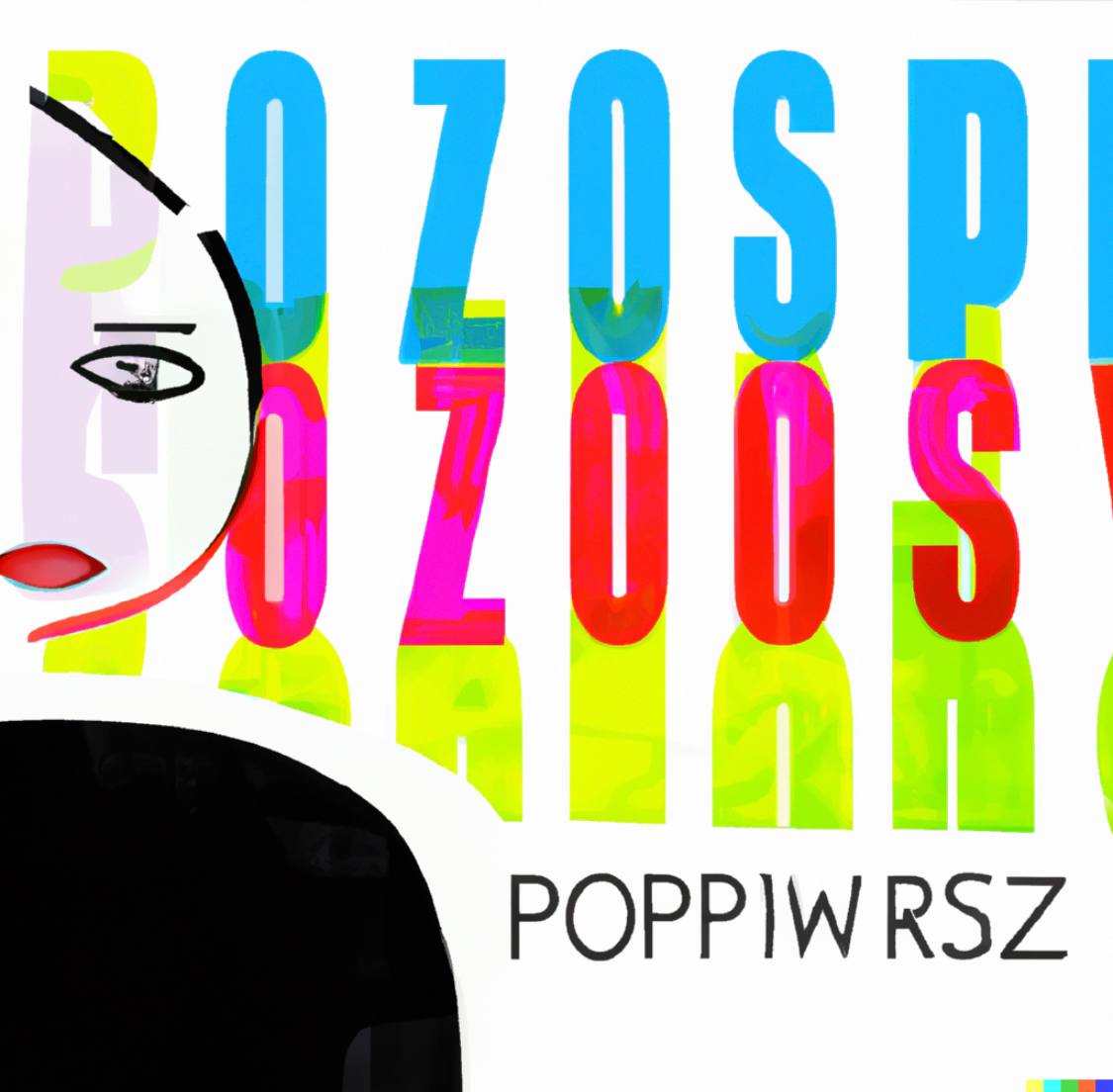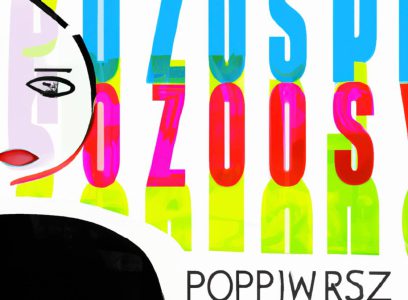Starting a blog is no cakewalk. Quite the contrary: a blog focusing on trending themes, that plenty professional celebrity bloggers pick up on immediately as they surface, is a tough market for beginners. Online visibility aside, you need to make your scarce early audience come back, but how?
Of course, your distinct writing can do the trick, but even keyboard (or pen and paper) virtuosos will eventually enter an uneven competition against bots crawling the Internet everyday and ranking pages in search engines according to their algorithmic parameters, few mortals fully understand. The bare writing skill is certainly not enough.
What is equally important is the visual aspect of your online blog. Is it eye-catching? Is it visually appealing and at the same time easy to read? Does it visualise your story?
Lets face it, it’s not easy to make an average internet user read more than article titles’, let alone the opening paragraphs
Catchy headings? Sure, this helps but why not provide unique graphic components to make your readers feel truly treated? Okay, but how to go about it when your drawing skills are non-existent? Well, you’re in luck. It seems that AI-generated images are the perfect solution for you. And that’s exactly how we create images on SoDaDev.
Images on SoDaDev
All images on the SoDaDev blog are created with the AI image generating program Dall-E-2. Once our texts are ready, we look for keywords that would represent them best, paste them in the text input box and wait for the magic to happen. Just see below how easy it is to populate your blog with just the right visuals. You can see them all in the SoDaDev’s about section.
Dall-E-2 is not the only AI text-to-image generator out there, the most advanced include Midjourney, and Stable Diffusion with some very distinct differences in how the algorithms compile your text inputs.
They do have one thing in common: they will revolutionize the way the creative industry works. Text-to-image generation will allow for greater access to graphics by beginner bloggers, just like us, but also for content creators of all kinds. It will boost the creativity of the Internet folk and increase the attractiveness of websites without the necessity of referring to professional image creators and illustrators each time a new original piece is written. We hope the latter will not lose their jobs. After all, AIs only work thanks to the human input, whereas illustrators thrive thanks to the originality of their craft. Nonetheless, opening of the flood gates of AI-generated graphics, will certainly streamline visual content creation for marketing or development purposes.
But it’s not all roses
Easy generation of images will also be a potentially powerful weapon in the hands of those who use the Internet with nefarious goals, such as disinformation and influence operations. This trend isn’t new: the website thispersondoesntexist.com allows for creation of AI generated portraits of people who never existed. These are in turn used on social media channels to allow their authors to create fake accounts or bots to spread false claims online, polluting the Internet with information chaos. Text-to-image could potentially top up their game, allowing for creation of advanced images to illustrate their made-up-revelations and spin conspiracy theories.
A conspiratorial-looking image of a UFO flying over the White House? Nothing simpler!

Is it magic?
The question remains: how are these images made? Is it magic?
TL;DR: it is not. Text-to-image generators use bots trained by mining the images on the Internet. The exact source of these images is unclear but with the abundance of publicly available copyrighted photographs and images, we may conclude that they have been scrapped as well. There is simply no distinct law regulating this process. At least not yet.
Free image mining has serious ramifications for image creators and photographers. Bots scraping their work can create images very similar to art or photography done by humans, but without license thus harming original creator’s revenue streams and encroaching on their franchises or intellectual property.
While we’re at it, it’s not just artists’ works that are scrapped by the bots. Do you know that if you upload any photos, including those of your face on social media platforms, such as Instagram, they become the property of that platform, and can be potentially used for image scraping. Wouldn’t it be scary to one day find your face on a billboard advertising holidays in the Maldives? What if a very accurate likeness of your family’s Christmas photo was recreated for marketing or, even worse, memetic purposes?
For now Dall-E-2 does not allow for uploading photographs of real people. But can we be sure that the future AI tools are going to be equally harmless? At this point in time, we can’t, so we kindly asked Dall-E to generate our profile pictures for this very blog.
Read how SoDaDev reduces its digital carbon footprint on social media

